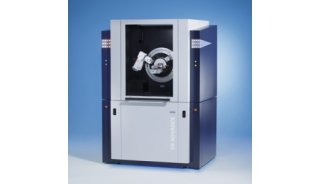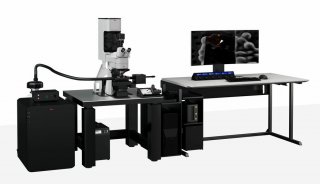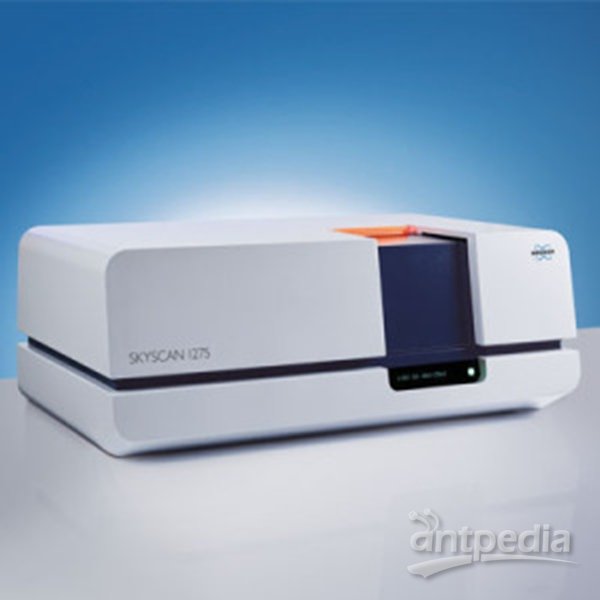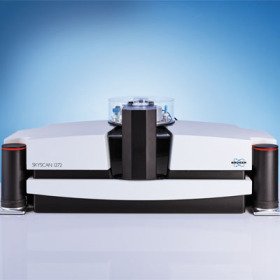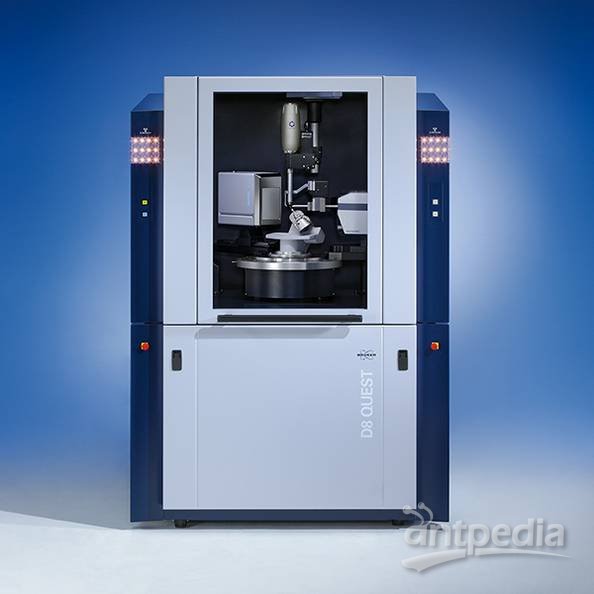线粒体荧光探针大全:TMRM,Mitotracker,JC-1(1)
线粒体荧光探针信息大全 (Probes for Mitochondria)包括各种常用探针,如JC-1,JC-9,TMRM,TMRE等
Mitochondria are found in eukaryotic cells, where they make up as much as 10% of the cell volume. They are pleomorphic organelles with structural variations depending on cell type, cell-cycle stage and intracellular metabolic state. The key function of mitochondria is energy production through oxidative phosphorylation (OxPhos) and lipid oxidation.1,2 Several other metabolic functions are performed by mitochondria, including urea production and heme, non-heme iron and steroid biogenesis, as well as intracellular Ca2+ homeostasis. Mitochondria also play a pivotal role in apoptosis — a process by which unneeded cells are removed during development, and defective cells are selectively destroyed without surrounding organelle damage in somatic tissues 3–5 (Section 15.5). For many of these mitochondrial functions, there is only a partial understanding of the components involved, with even less information on mechanism and regulation.
Visualizing Mitochondria in Cells and Tissues
The morphology of mitochondria is highly variable. In dividing cells, the organelle can switch between a fragmented morphology with many ovoid-shaped mitochondria, as often shown in textbooks, and a reticulum in which the organelle is a single, many-branched structure. The cell cycle– and metabolic state–dependent changes in mitochondrial morphology are controlled by a set of proteins that cause fission and fusion of the organelle mass. Mutations in these proteins are the cause of several human diseases, indicating the importance of overall morphology for cell functioning (see Note 12.2 "Technical Focus: Mitochondria in Diseases"). Organelle morphology is also controlled by cytoskeletal elements, including actin filaments and microtubules. In nondividing tissue, overall mitochondrial morphology is very cell dependent, with mitochondria spiraling around the axoneme in spermatozoa, and ovoid bands of mitochondria intercalating between actomyosin filaments. There is emerging evidence of functionally significant heterogeneity of mitochondrial forms within individual cells.
The abundance of mitochondria varies with cellular energy level and is a function of cell type, cell-cycle stage and proliferative state. For example, brown adipose tissue cells,6 hepatocytes 7and certain renal epithelial cells 8 tend to be rich in active mitochondria, whereas quiescent immune-system progenitor or precursor cells show little staining with mitochondrion-selective dyes.9 The number of mitochondria is reduced in Alzheimer's disease and their protein and nucleic acids are affected by reactive oxygen species, including nitric oxide 10 (Chapter 18).
Molecular Probes has a range of mitochondrion-selective dyes with which to monitor mitochondrial morphology and organelle functioning. The uptake of most mitochondrion-selective dyes is dependent on the mitochondrial membrane potential; nonyl acridine orange and possibly our MitoTracker Green FM, MitoFluor Green and MitoFluor Red 589 probes are notable exceptions, although their membrane potential–independent uptake and fluorescence has been questioned in some cell types.11,12 Mitochondrion-selective reagents enable researchers to probe mitochondrial activity, localization and abundance,13,14 as well as to monitor the effects of some pharmacological agents, such as anesthetics that alter mitochondrial function.15 Molecular Probes offers a variety of cell-permeant stains for mitochondria, as well as subunit-specific monoclonal antibodies directed against proteins in the oxidative phosphorylation (OxPhos) system, all of which are discussed below.
MitoTracker Probes: Fixable Mitochondrion-Selective Probes
Although conventional fluorescent stains for mitochondria, such as rhodamine 123 and tetramethylrosamine, are readily sequestered by functioning mitochondria, they are subsequently washed out of the cells once the mitochondrion's membrane potential is lost. This characteristic limits their use in experiments in which cells must be treated with aldehyde-based fixatives or other agents that affect the energetic state of the mitochondria. To overcome this limitation, Molecular Probes has developed MitoTracker probes — a series of patented mitochondrion-selective stains that are concentrated by active mitochondria and well retained during cell fixation.16 Because the MitoTracker Orange, MitoTracker Red and MitoTracker Deep Red probes are also retained following permeabilization, the sample retains the fluorescent staining pattern characteristic of live cells during subsequent processing steps for immunocytochemistry, in situ hybridization or electron microscopy. In addition, MitoTracker reagents eliminate some of the difficulties of working with pathogenic cells because, once the mitochondria are stained, the cells can be treated with fixatives before the sample is analyzed.
Properties of MitoTracker Probes
MitoTracker probes are cell-permeant mitochondrion-selective dyes that contain a mildly thiol-reactive chloromethyl moiety. The chloromethyl group appears to be responsible for keeping the dye associated with the mitochondria after fixation. To label mitochondria, cells are simply incubated in submicromolar concentrations of the MitoTracker probe, which passively diffuses across the plasma membrane and accumulates in active mitochondria. Once their mitochondria are labeled, the cells can be treated with aldehyde-based fixatives to allow further processing of the sample; with the exception of MitoTracker Green FM, subsequent permeabilization with cold acetone does not appear to disturb the staining pattern of the MitoTracker dyes.
Molecular Probes offers seven MitoTracker reagents that differ in spectral characteristics, oxidation state and fixability (Table 12.2). MitoTracker probes are provided in specially packaged sets of 20 vials, each containing 50 µg for reconstitution as required.
Orange-, Red- and Infrared-Fluorescent MitoTracker Dyes
We offer MitoTracker derivatives of the orange-fluorescent tetramethylrosamine (MitoTracker Orange CMTMRos, M7510; Figure 12.3) and the red-fluorescent X-rosamine (MitoTracker Red CMXRos, M7512; Figure 12.4), as well as our newest derivatives, the MitoTracker Red 580 and MitoTracker Deep Red 633 probes (M22425, M22426; Figure 12.5, Figure 12.6). Because the MitoTracker Red CMXRos, MitoTracker Red 580 and MitoTracker Deep Red 633 probes produce longer-wavelength fluorescence that is well resolved from the fluorescence of green-fluorescent dyes, they are suitable for multicolor labeling experiments (Figure 1.45, Figure 8.7, Figure 12.7, Figure 12.8, Figure 12.9), including those that employ image deconvolution techniques (see Note 12.3 "Technical Focus: Wide-Field Deconvolution Microscopy"). Also available are chemically reduced forms of the tetramethylrosamine (MitoTracker Orange CM-H2TMRos, M7511; Figure 12.10) and X-rosamine (MitoTracker Red CM-H2XRos, M7513; Figure 12.11) MitoTracker probes. Unlike MitoTracker Orange CMTMRos and MitoTracker Red CMXRos, the reduced versions of these probes do not fluoresce until they enter an actively respiring cell, where they are oxidized to the fluorescent mitochondrion-selective probe and then sequestered in the mitochondria (Figure 12.12, Figure 12.50, Figure 15.13). The MitoTracker probes have proven useful for:
Assaying the role of a kinesin-like protein on germ plasm aggregation in Xenopus oocytes 17
Detecting early apoptosis (Section 15.5), which is marked by a disruption of mitochondrial transmembrane potential in all cell types studied 18–20
Determining the mechanism by which mitochondrial shape is established and maintained in yeast 21
Examining the time course of cell swelling in a human collecting-duct cell line using total internal reflection (TIR) microfluorimetry 22
Localizing a novel kinesin motor protein involved in transport of mitochondria along microtubules 23
Simultaneously observing fluorescent signals from a green-fluorescent protein (GFP) chimera and from the MitoTracker dye 24–27 (see Note 12.1 "Product Highlight: Fluorescent Probes for Use with GFP" in Section 12.1)
Studying the localization of mitochondria in fibroblasts transformed with cDNA of wild-type and mutant kinesin heavy chains 28
Visualizing mitochondria while characterizing the subcellular distribution of calcium channel subtypes in Aplysia californica bag cell neurons 29 and of the verotoxin B subunit in Vero cells30
Our Vybrant Apoptosis Assay Kit #11 (V35116, Section 15.5) utilizes MitoTracker CMXRos in combination with Alexa Fluor 488 annexin V in a two-color assay of apoptotic cells (Figure 15.95). MitoTracker Orange CMTMRos and its reduced form CM-H2TMRos have also been used to investigate the metabolic state of Pneumocystis carinii mitochondria.31 Following fixation, the oxidized forms of the tetramethylrosamine and X-rosamine MitoTracker dyes can be detected directly by fluorescence or indirectly with either anti-tetramethylrhodamine or anti–Texas Red dye antibodies (A6397, A6399; Section 7.4).







